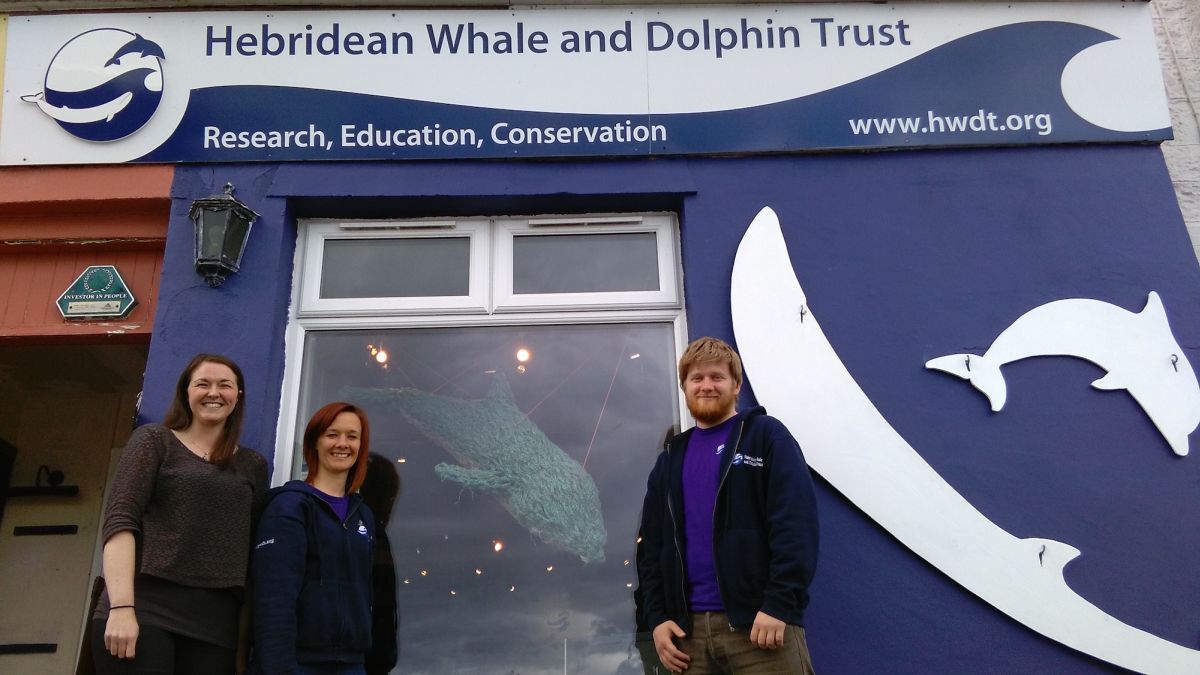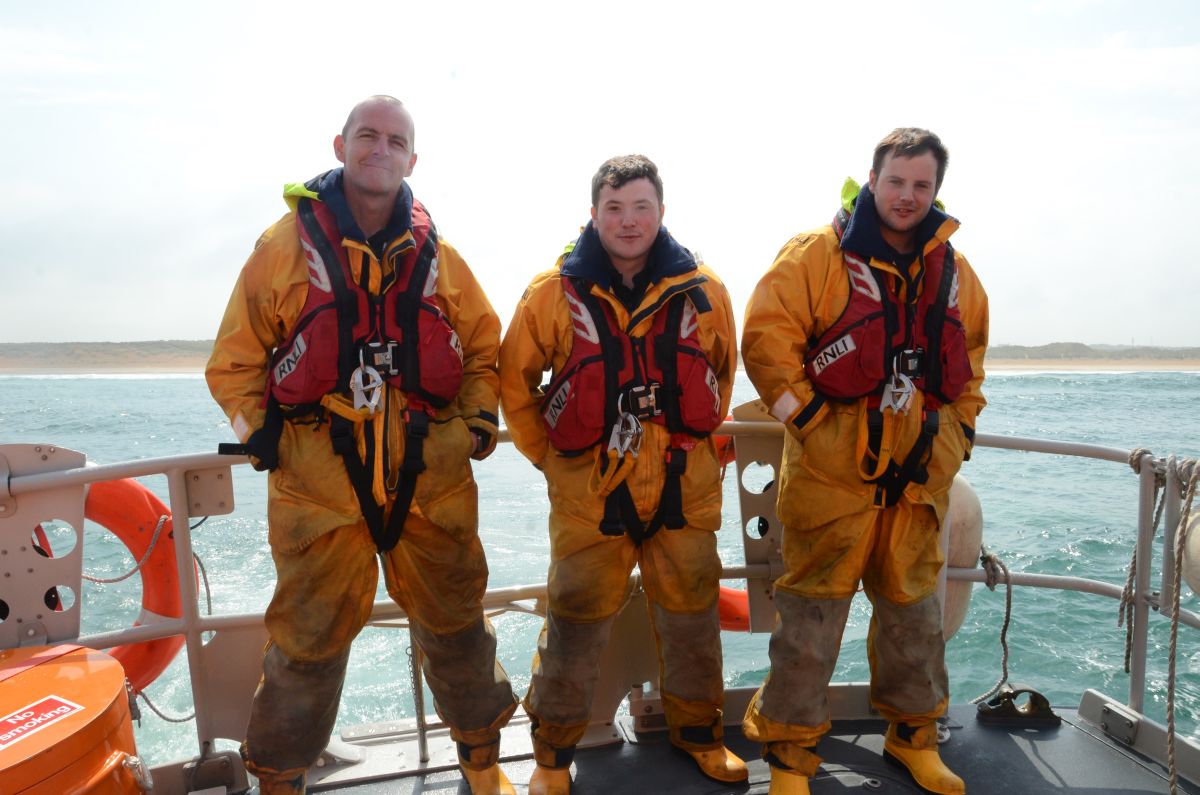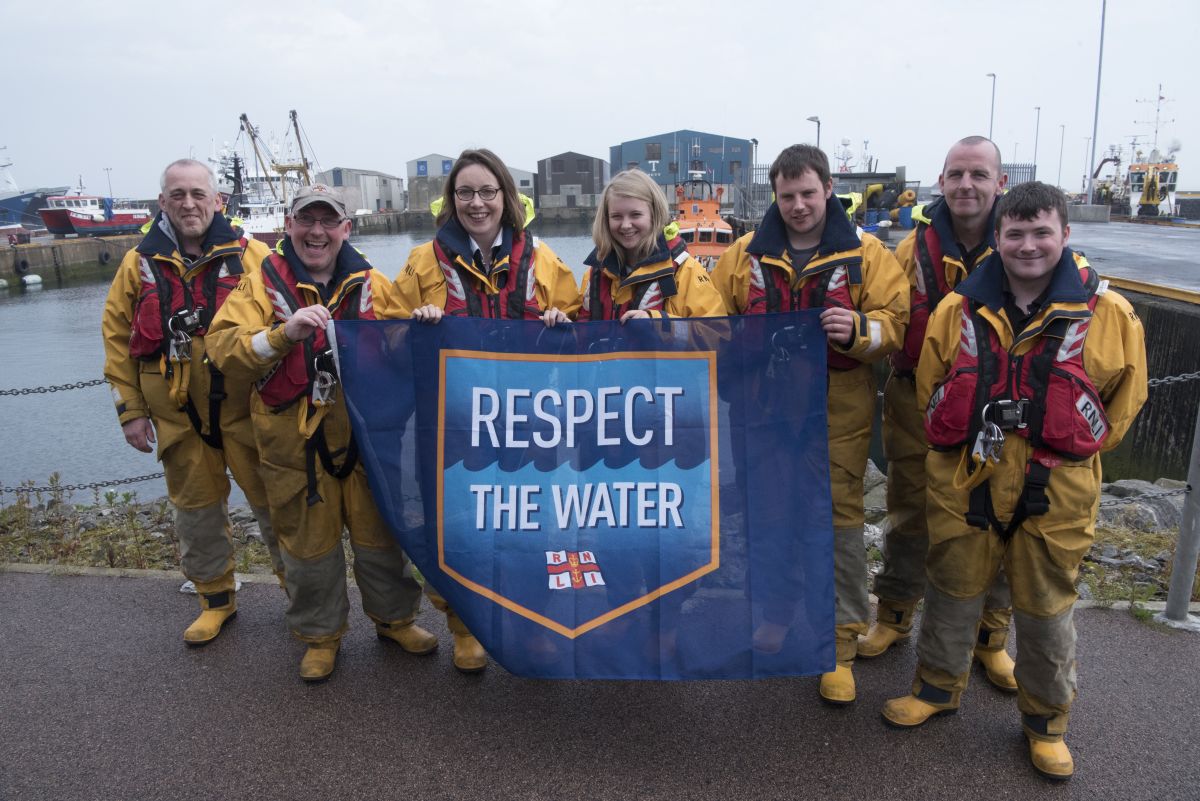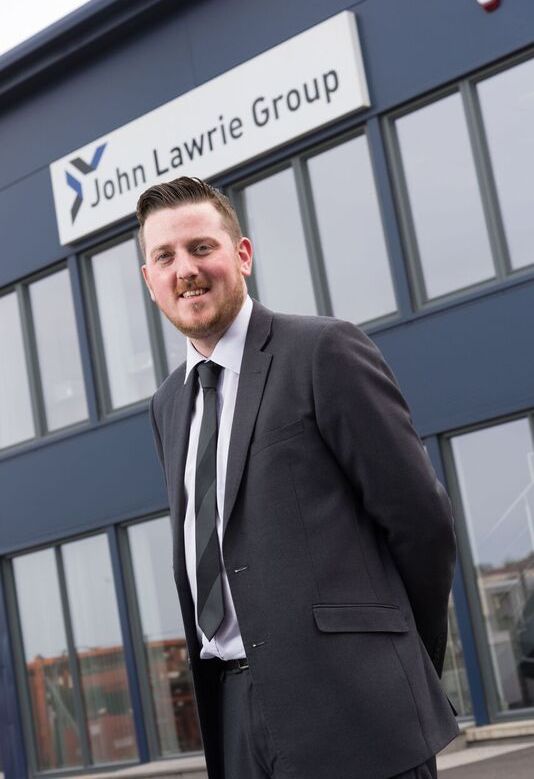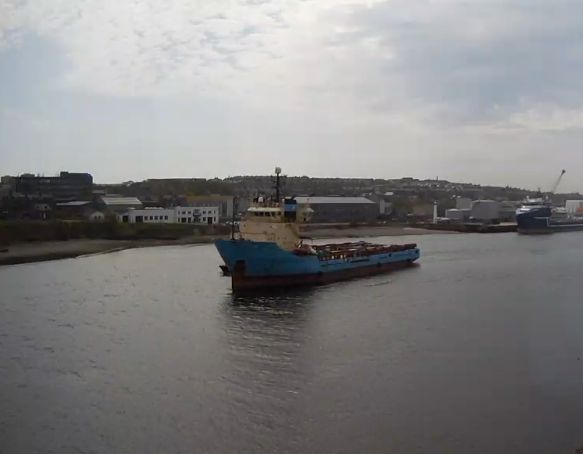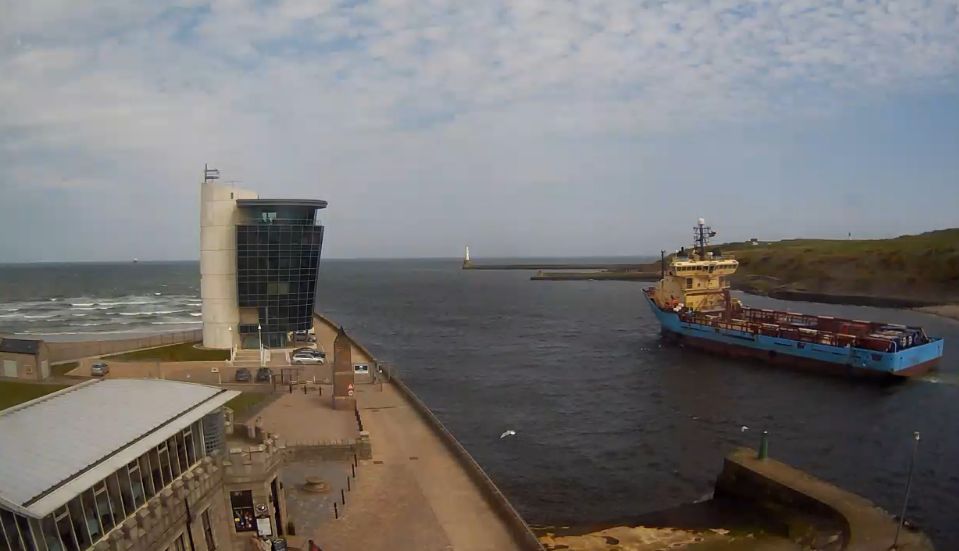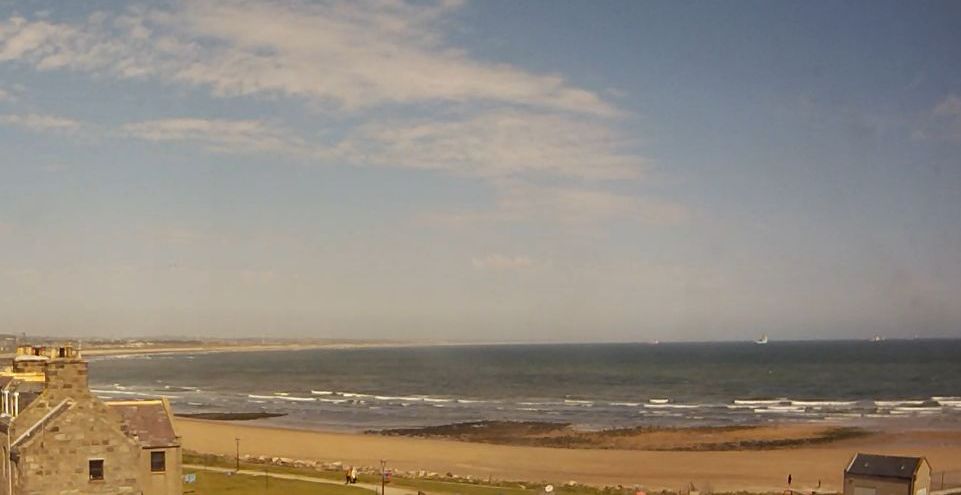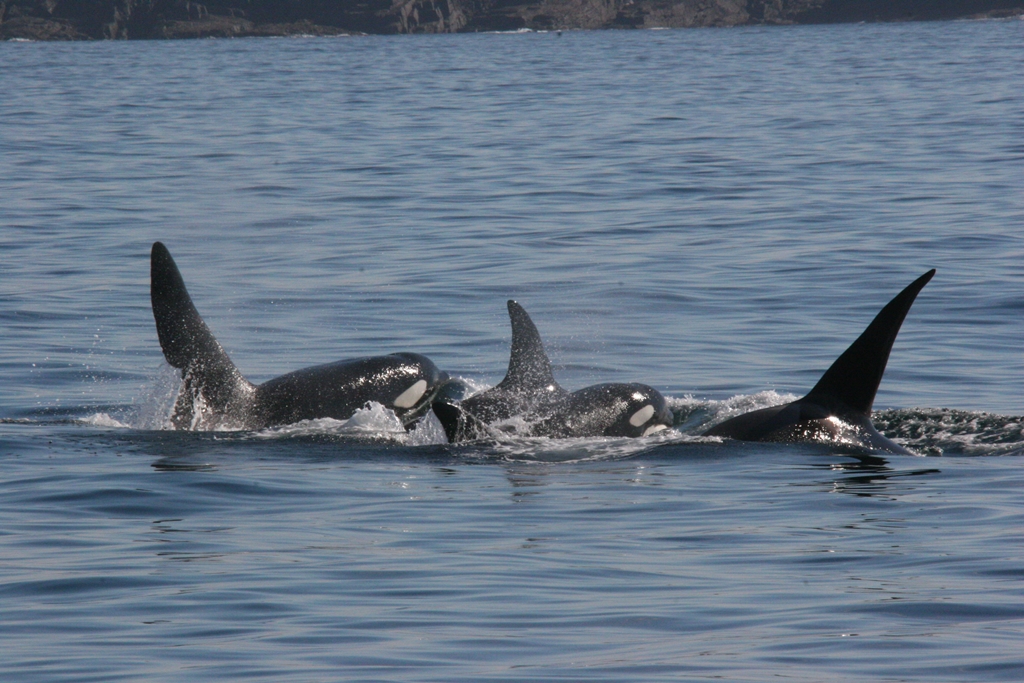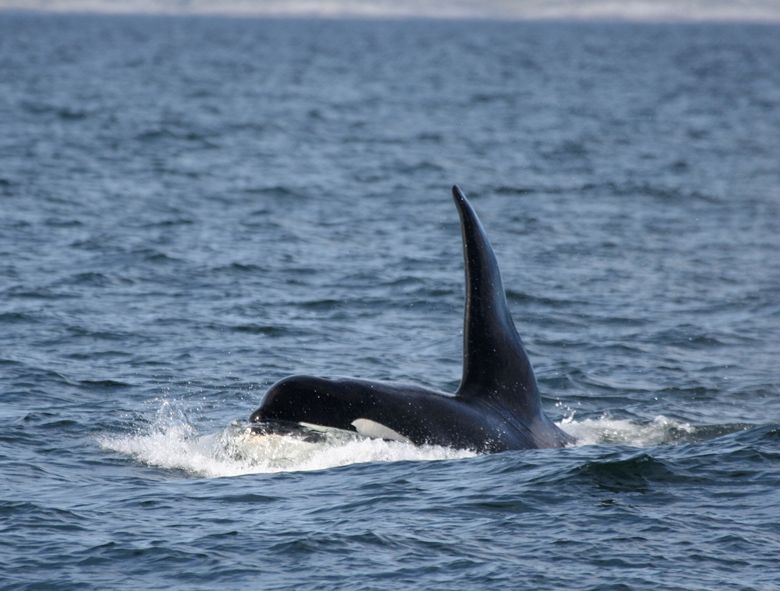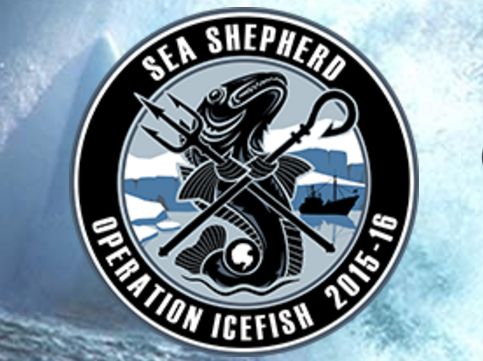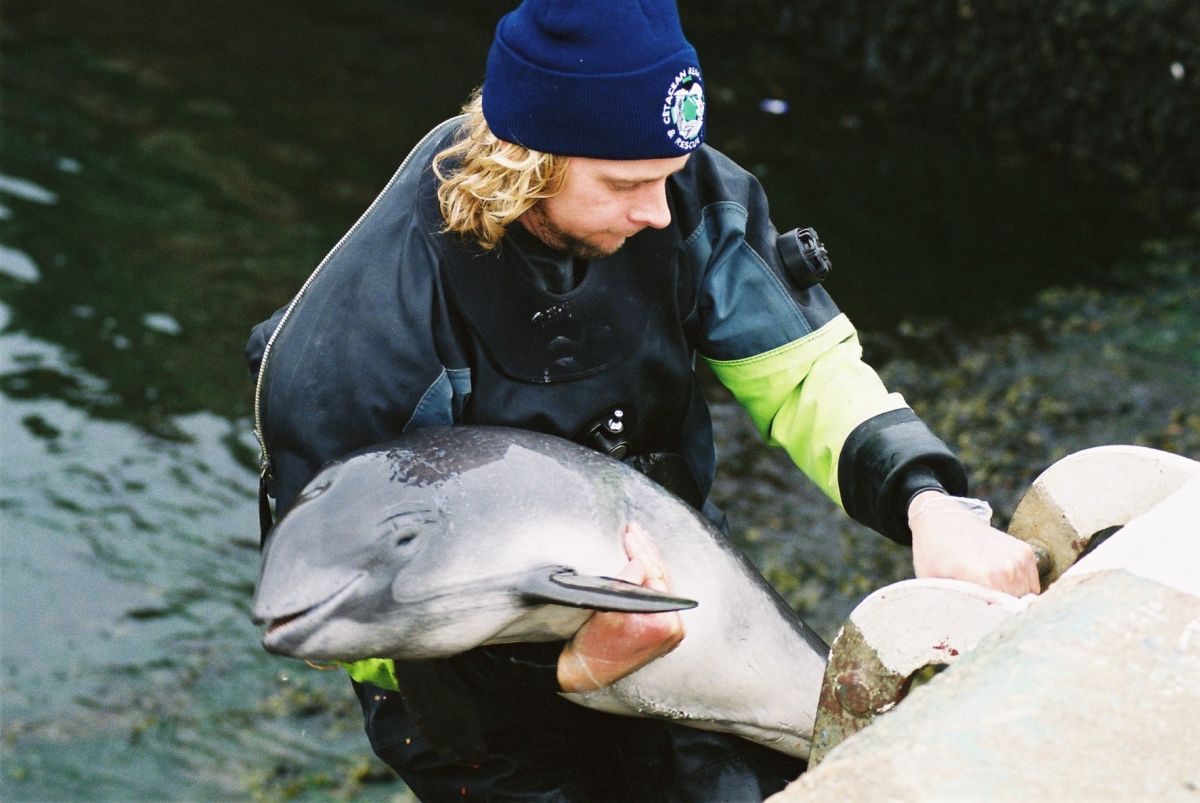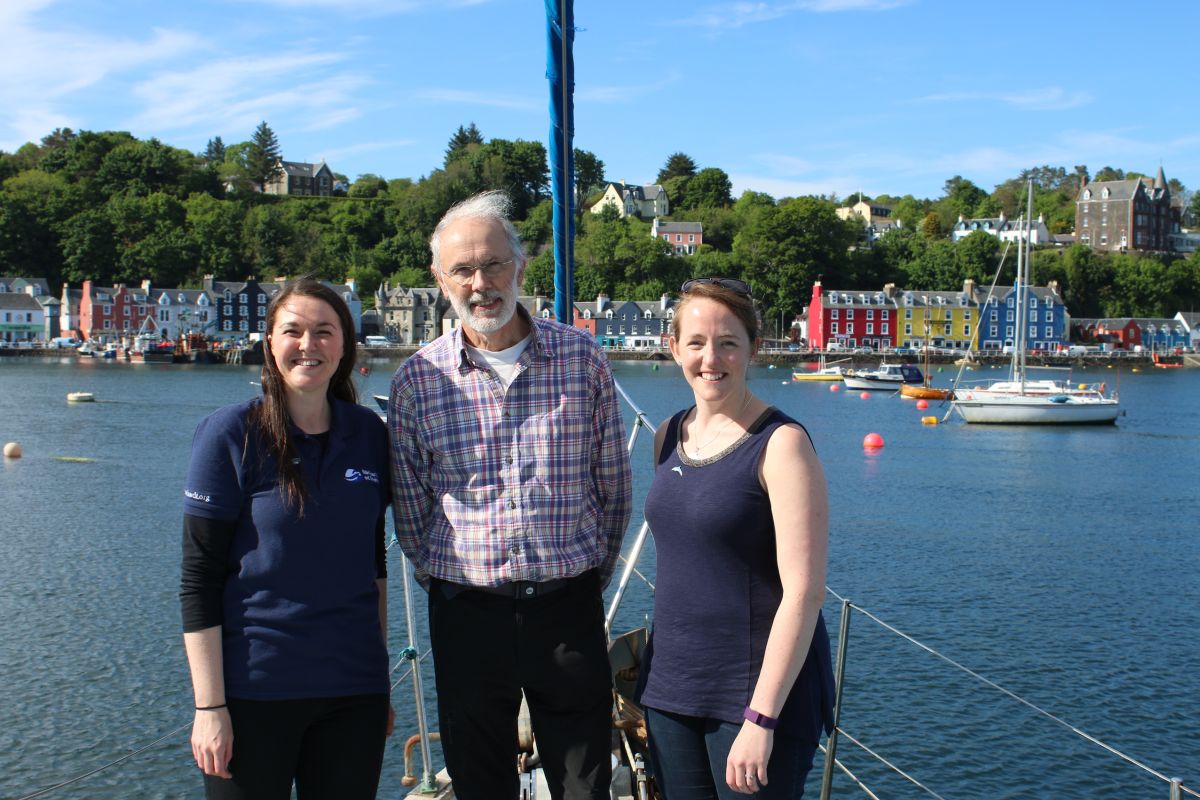 With thanks to Richard Bunting.
With thanks to Richard Bunting.
A new smartphone app allowing whale-watch operators and other seafarers to record sightings of whales, dolphins and porpoises is to be launched next year by Hebridean Whale and Dolphin Trust, thanks to an award of more than £79,000 from the Heritage Lottery Fund (HLF).
The innovative project will allow wildlife tour operators and enthusiasts to systematically record the locations of marine mammals using technology available in their pocket.
The app will work at sea without phone reception as it will rely on GPS only, uploading data once internet coverage is available.
Alongside the app development, a programme of free training events and workshops for the public will be held throughout the west of Scotland to train volunteers how to identify and record marine wildlife.
Hebridean Whale and Dolphin Trust’s Dr Lauren Hartny-Mills said:
“We are absolutely thrilled to have received the support of the Heritage Lottery Fund and are confident the project will deliver much needed long-term monitoring data, as well as engaging local mariners with the amazing wildlife that the west of Scotland has to offer.”
Community engagement work by the trust has shown that data collected by members of remote coastal communities can transform our understanding of marine mammals in the Hebrides – including which places are important to them and when, declines and recoveries in numbers, and emerging threats.
The trust’s Crowd Sourcing for Marine Mammal Conservation project will engage boat users with the unique marine wildlife in their area. The project has already received support from local tour operators, but the trust also welcomes new partnerships and encourages any operators interested in the app to come forward.
Wildlife guide and future user of the app, Vivi Bolin from Hebrides Cruises, said:
“As a scientist and a guide, collecting effort-based sightings data and contributing to research on the wonderful Scottish marine life adds value to what we do. The app will simplify data collection on board and also benefit us and our guests by providing a visual tool for displaying our sightings and the routes we have taken.
“The app will enhance the guest experience and our collaboration with Hebridean Whale and Dolphin Trust on this project is important to us.”
Contributors will be able to use an online mapping system to explore the data that they collect, to better understand seasonal trends in their area. Hebridean Whale and Dolphin Trust hopes to resolve some long-held mysteries, such as establishing when minke whales return to Scotland after their migration.
The trust has been working with remote coastal communities for 21 years, to protect marine mammals and promote sustainable whale-watching. The whale-watching sector was recently estimated to be worth £1.7 million, attracting 15,700 tourists to the west of Scotland in 2015. To protect this valuable resource, we need to better understand how whales, dolphins and porpoises use their environment, and nobody is better placed to help with this than whale-watch operators and other marine users.
Simon Pepper, committee member for HLF Scotland, said:
“I’m sure that anyone who has been privileged enough to have seen one of these majestic creatures in the wild will agree that they are a unique part of Scotland’s coastal heritage. Thanks to National Lottery players, this important project will fulfil a much-needed role and help us to better understand and protect these animals for the future.”
- Comments enabled – see comments box below. Note, all comments will be moderated.
